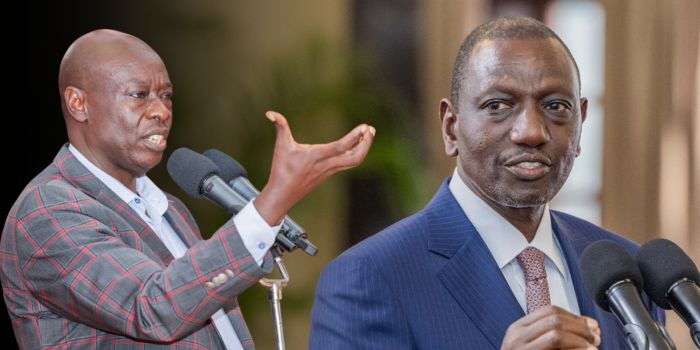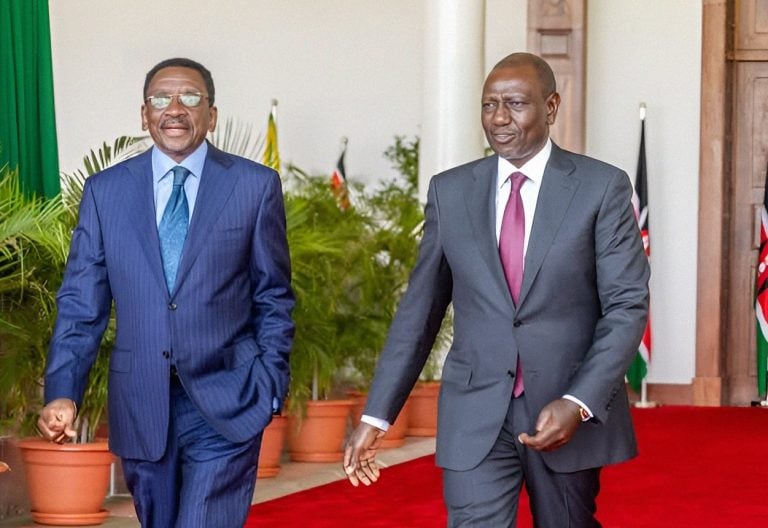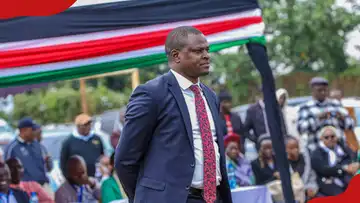
1. Scapegoat: Gachagua is poised to bear the brunt of the GEN Z demonstrations. Though he had no direct involvement, he will be vilified as the catalyst for Kenyan discontent and division through his shareholder-centric politics.
2. Fence-Sitting: During the protests, Gachagua’s perceived equivocation—appearing to support both the youth and the government—has not escaped Ruto’s scrutiny and will not be overlooked.
3. Narrative Shift: Upon Gachagua’s impeachment, Central Kenya will ostensibly revolt against Ruto. This backlash will be framed as an effort by Central Kenya to undermine Ruto. Aligning Raila and Ruto on one side will isolate the Central region, shifting the narrative from Gen Z grievances to a Kikuyu-versus-Kenyan dichotomy—one against forty-two.
4. Kikuyu-Somali Feud: Previously, Gachagua’s demand for NIS Boss Noordin Haji’s resignation posed a direct affront to the Somali community. Given their influential position with the President, they are adverse to Gachagua’s presence.
5. 2027 Realignment: Should Gachagua be impeached, it is probable that ODM will nominate his successor. This alignment would facilitate Ruto’s administration in 2027, as he must appease Raila and his followers to maintain governance stability.
Gachagua must be sacrificed for Ruto’s continued governance. This is the nature of politics—bereft of morality.







